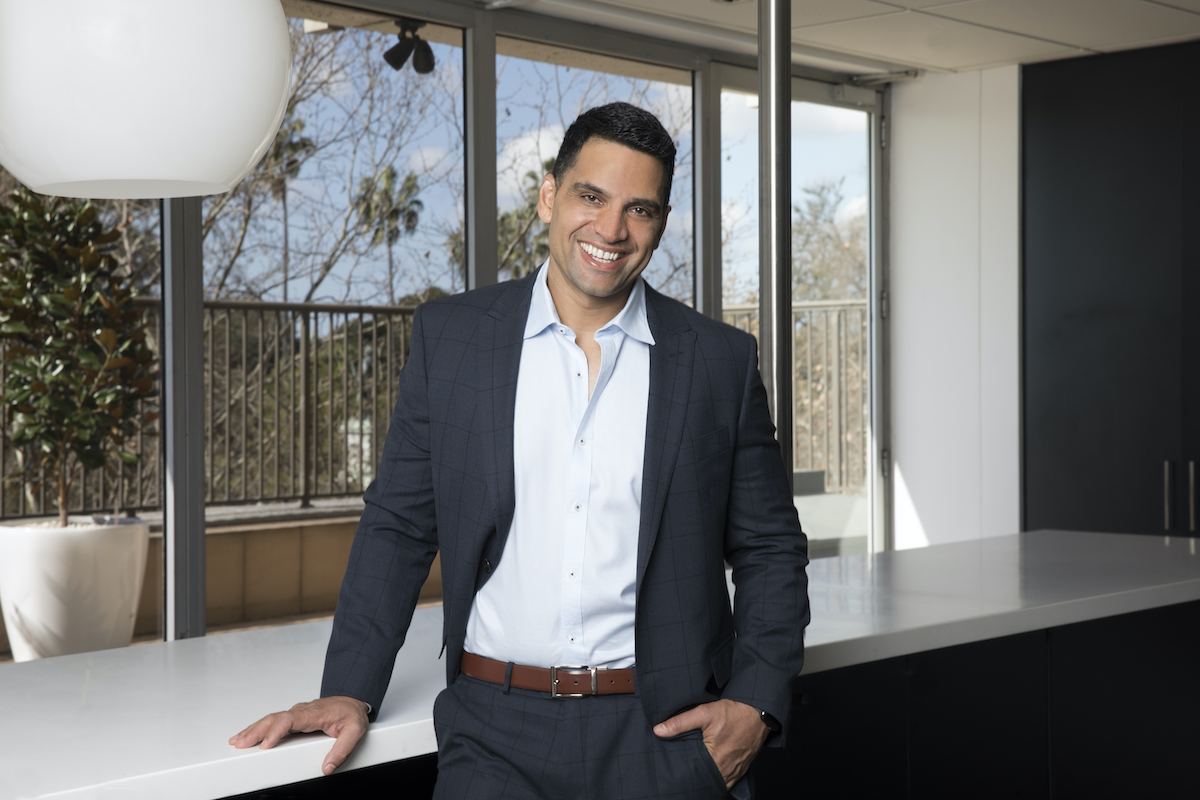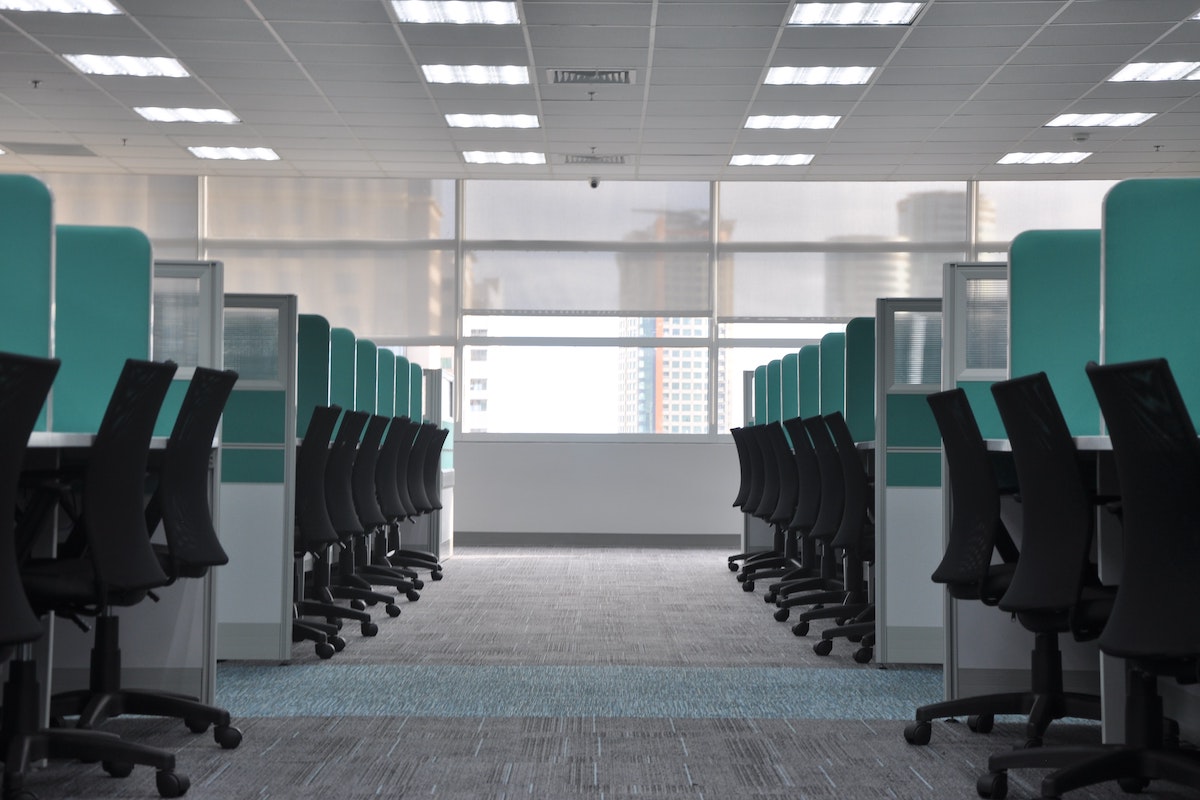Due the outbreak of COVID-19, people across all manner of industries have now been working from home for months. Bedrooms turned into office spaces and dining tables accommodating Zoom meetings, showcasing that people are eminently adaptable. For the most part, the pandemic has revealed that many companies can function effectively without having all their employees on the premises.
But as restrictions loosen, companies around the world are slowly reopening and bringing people back to the office.
Business leaders are also investing in new health and safety protocols and wellbeing initiatives to support their people to navigate a much-changed work environment.
Thus, employees are now faced with their next challenge: Adapting to a new office setting, or work environment. The feelings surrounding the transition are mixed. Some may be ready to get out of their house, others are anxious and prefer to continue working from home.
Seventy per cent of more than 1,100 American workers surveyed by PwC said numerous factors are preventing them from returning to the office or work site. With 51% citing fear of getting sick (the US continues to have one of the highest rates of infection), 24% are worried about using public transportation and 21% have concerns about lack of reliable solutions for childcare or homeschooling.
“The second area, which has been most important for us, has been communicating regularly with our staff and letting everyone know that their health and safety is a priority for us.” – Jeremy Chen
Returning to the office – much like the move to work from home – will impact everyone differently. For some, it may take minutes to adjust back to office life but, for others, it may take days and even weeks.
Employees feeling stressed and anxious about the return can implement several tactics to help ease the tension. These strategies include being patient and flexible, managing expectations and monitoring anxiety levels.
Harvard Business Review suggests paying close attention to stress and anxiety levels and, if they begin to creep up, find someone to talk to about it.
Australian mental health organisation, Beyond Blue also advises viewing the return to the office as an opportunity to reconnect with colleagues. The organisation recommends taking the time to have that one-on-one conversation with a colleague, visiting a regular cafe.
“They might seem small, but these actions can help with establishing some normality back into your routine,” Beyond Blue states.

In another PwC survey, 47% of employees who were forced to stop working or work remotely feel that safety measures like wearing masks or layouts that promote physical distancing will make them more comfortable in the office.
Workers want to feel safe and supported. Therefore, businesses need to be prepared and thoroughly support people’s transition back to the workplace.
“We have offices in Sydney, Melbourne and the Philippines and there have been two key areas of focus for managing the return to office,” says Jeremy Chen, Co-Founder and Managing Director at Good Things.
“The first is about the practical aspects like ensuring physical distance, providing masks and sanitiser, and targeting touchpoints such as door handles, and bathroom and kitchen facilities,” he says.
“Create an environment where people feel like they want to be, but also give the choice of whether your team would like to be there onsite or work remotely.” – Clayton Howes
“The second area, which has been most important for us, has been communicating regularly with our staff and letting everyone know that their health and safety is a priority for us.”
Jeremy adds that letting the global team known that they’re trusted, without micromanaging, has also worked well for his business.
“For lockdown 2.0 in Melbourne, the majority of our team has returned to work from home full-time,” he shares.
“Our people who manage operations are required to come in to lead the goods delivery process and adhere to the policy of no more than two people in the office at one time.”

Clayton Howes, CEO and Co-Founder of MoneyMe, also notes that it’s imperative to be bold during this time and break down pre-pandemic barriers.
“Follow the social causes, one example is gender biases, which doesn’t have a place in our work environment. Take a leap and convert the bathrooms to gender-neutral,” says Clayton.
“The big spark for MoneyMe was and is, always, innovation,” he explains. “With collaborative and innovative workspaces, we’ve re-energised every single facet of our working environment that emboldens this concept.
“Of course, be flexible to the ever-changing unsettled times. For example, the commutes may change week to week.
“Create an environment where people feel like they want to be. But also offer the choice of whether your team would like to be onsite or work remotely. If you’ve done a good job, you should see a good balance.”
The next few months hold much uncertainty for everyone. Businesses will be working out how to safely transition their workforce back to the office, while employees will be making personal and professional changes of their own.
Importantly, business leaders need to ensure that whatever strategy is put in place has health and wellbeing of employees at the forefront.







